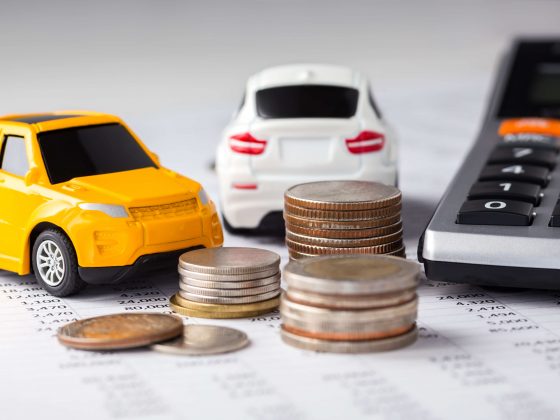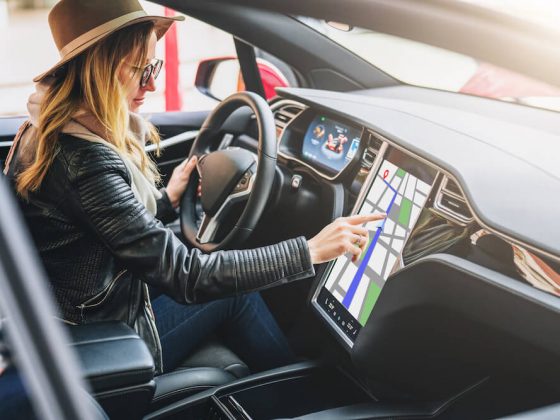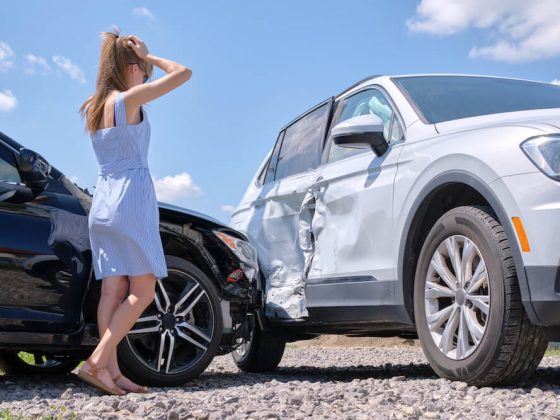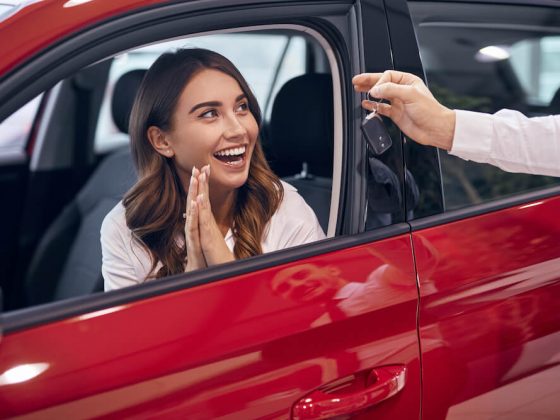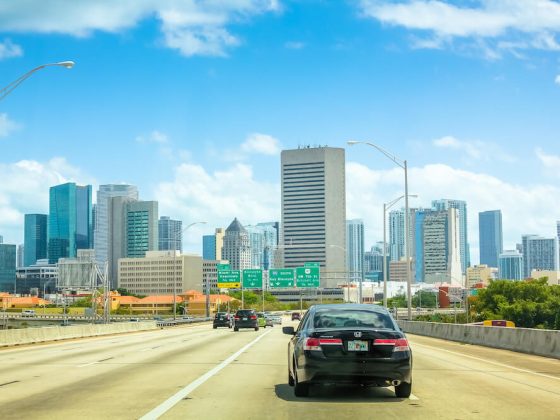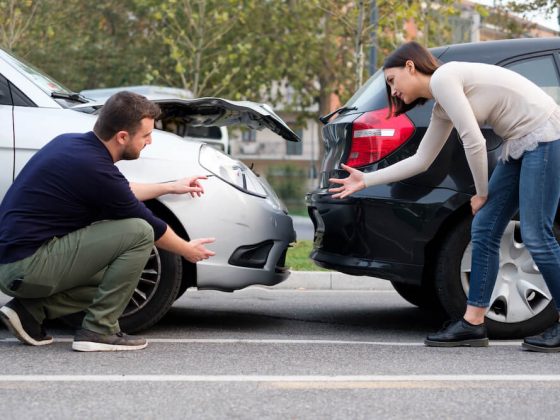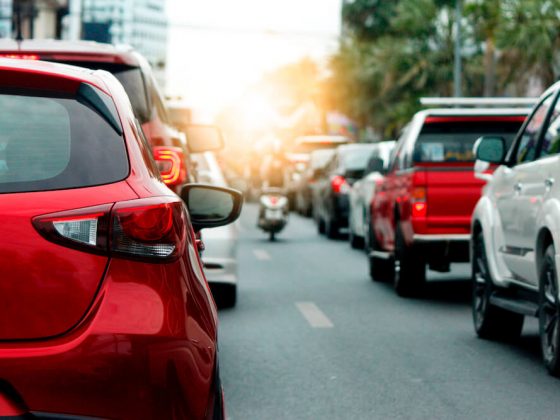A common misconception that many millennials harbor is that they don’t need car insurance.
Use eTags© to Quickly Complete Your DMV Service. Renewals, Title Transfers and More, All Online!
According to a study conducted by InsuranceQuotes.com, about 64% of all people in the United States ages 18 to 29 have car insurance. This is in comparison to 84% of all older drivers who have car insurance.
The National Highway Traffic Safety Administration released data that indicated that there were 6 million traffic crashes reported by the police in the United States in 2013.
There were also about 10 million unreported traffic accidents. These accidents are costing drivers a fortune. In 2013, for example, $3,144 was the average collision claim.
It’s not surprising that many millennials don’t want to pay car insurance. After all, millennials are one of the most optimistic age groups.
There isn’t any instant gratification associated with buying collision coverage. Therefore, millennials are prone to spend their money on a new iPhone or traveling over liability insurance. However, car insurance is not only an intelligent choice, but it’s also legally required.
Even motorists with the best driving skills end up crashing. If you don’t have auto insurance, you will be increasing your chances of coping with costly, if not unaffordable, consequences in the event of an accident.
It is important that millennials learn to view that car insurance is worthwhile to keep. Here is some information that will help millennials decide what type of coverage they need.
Rates of new cars vs. old cars
In general, new cars tend to be more expensive to insure than old vehicles because they are worth more. However, this isn’t true in every case. Sometimes, insurance for newer cars is more affordable owing to advanced safety features.
Car insurance rates largely depend on the expected damage that the car will incur in an accident. If your car has modern safety features, it is less probable that your car will be significantly damaged in a car crash. This will lead to lower car insurance rates.
On the other hand, if you own an older vehicle that has been paid off already, you may not need as much insurance. You will probably need to buy liability coverage. This is particularly true if it is illegal not to have liability coverage in your state.
However, comprehensive and collision coverage may not be worth the cost. This is also true if you can afford to replace or repair your car. If the car is worth less than $5,000, the premiums you will pay with time will probably be more expensive than the payout.
Car insurance when leasing
If you are leasing a car, you may need to buy gap insurance from the dealer. If you are involved in a car accident or your car is stolen, the coverage will cover the difference between the amount you owe for the lease and the value of the car.
Some leases include coverage without extra fees. Therefore, you need to read through the leasing contract before you buy coverage on your own.
You may also need to maintain liability and collision insurance on a leased vehicle. The vehicle is owned by the lease company. Hence, they will want to make sure the company’s investment is protected against stealing or damages in the event of an accident.
Therefore, you should pay close attention to your policy and ask the leasing company about minimum coverage limits and insurance requirements.
SEE ALSO: The 4 Most Expensive Auto Insurance Rates for 2019

